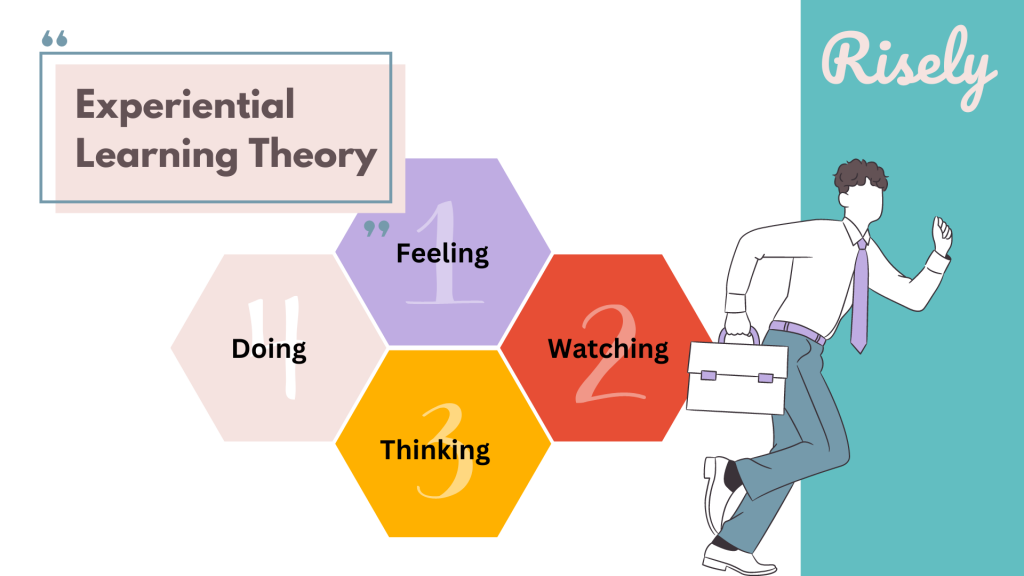THEORIES TO LEARNING AND DEVELOPEMENT
Learning Theories to Apply in L&D
Learning theories are attempts to model out the “mental involvement” that enables learning. Philosophers, scientists, and psychologists have been trying to untangle exactly how we learn for some time now. Although no one theory reigns supreme, certain frameworks stand out.
In this article, we’ll go over five such theories—and suggest how L&D teams might apply them for better learning outcomes:
- Constructivist Learning Theory
- Adult Learning Theory (Andragogy)
- Learning Curve Theory
- Connectivism
- Collaborative Learning
As opposed to behaviorists (who see learning as essentially a set of physical responses to stimuli), and an agreement with cognitivism, constructivists focus on learning as an inner mental process. But, in contrast to the latter, they believe the learner takes a particularly active role. They also put more weight on social interaction as part of effective learning.
Two key constructivists that have helped shape the way we understand teaching and learning include:
- Jean Piaget: A Swiss psychologist, Jean Piaget is credited with pioneering research around the developmental stages of cognitive ability and learning in children. For Piaget, “the teacher became not a transmitter of knowledge but a guide to the child’s own discovery of the world.”
- Lev Vygotsky: Vygotsky lived and worked at around the same time as Piaget, coming up with related but distinct theories of child development. He’s credited with the theories of the Zone of Proximal Development, and the teaching method of “scaffolding.”
Though original constructivist theorists were focused on how children learn, their frameworks are useful for anybody looking to instruct, teach, or train.(Nichols, 2023)
Nichols, R. (2023, January 2). L&D
Professionals Should Know. Retrieved from 5 Learning Theories L&D
Professionals Should Know:
https://www.vyond.com/resources/learning-theories-for-learning-and-development/



Studying theory provides a foundational understanding of principles and concepts in a given field. It fosters critical thinking, problem-solving skills, and creativity. Theory informs practice, ensuring informed and effective application. It also enables deeper insights, innovation, and the ability to adapt to new challenges and situations.
ReplyDeleteNew theory's and new methods of learning are enhancing to achieving the goals by improving skills , knowledge and creativity as you said.Thank you Jagath.
DeleteAccording to my reading I found that some drawbacks of the Constructivist Learning Theory. The drawbacks of Constructivist Learning Theory include its potential complexity, requiring learners to actively construct knowledge, which may be challenging for some (Bruner, 1990). Moreover, it can be time-consuming and may not suit all learning contexts, posing difficulties in standardised assessments and curriculum design (Gredler, 2009).
ReplyDeleteThank you Chamara.your comment is very intresting.
DeleteThis article provides an insightful overview of five key learning theories and highlights their relevance for L&D teams. Constructivism, Adult Learning Theory, Learning Curve Theory, Connectivism, and Collaborative Learning offer valuable frameworks for designing effective learning experiences and improving learning outcomes.
ReplyDeleteYes, Agreed.
DeleteYes Sudesh these five learning theory'a are very essential to get better learning out come in a organisations.
ReplyDelete